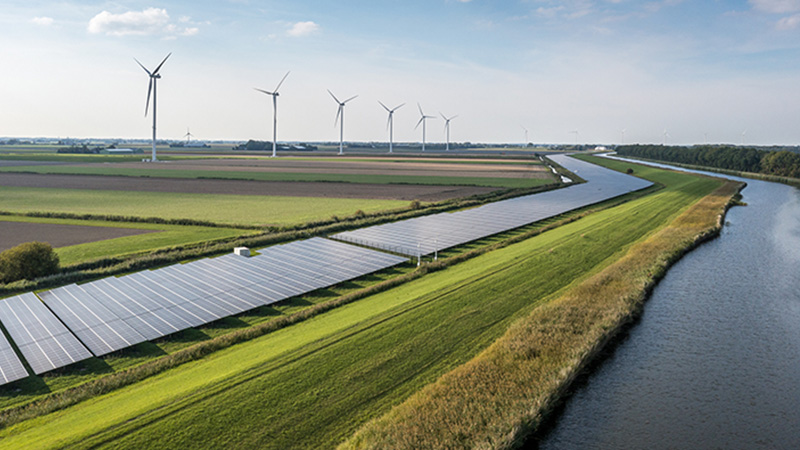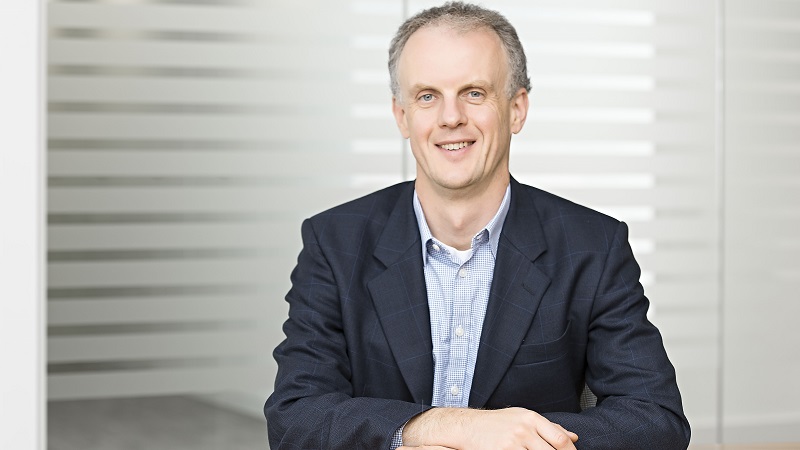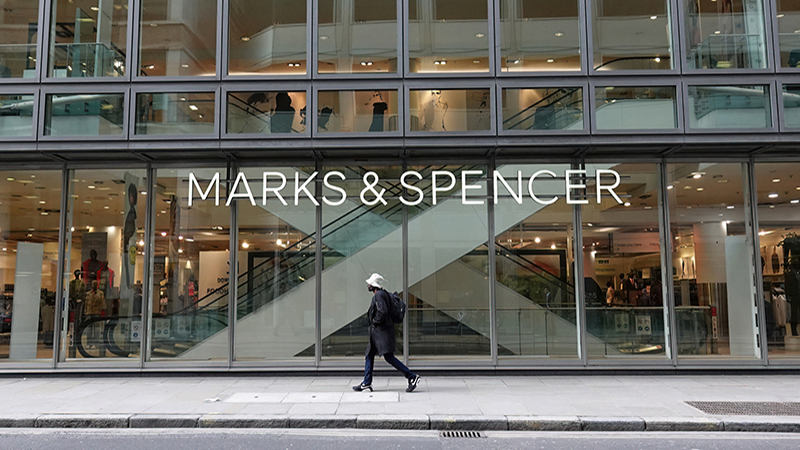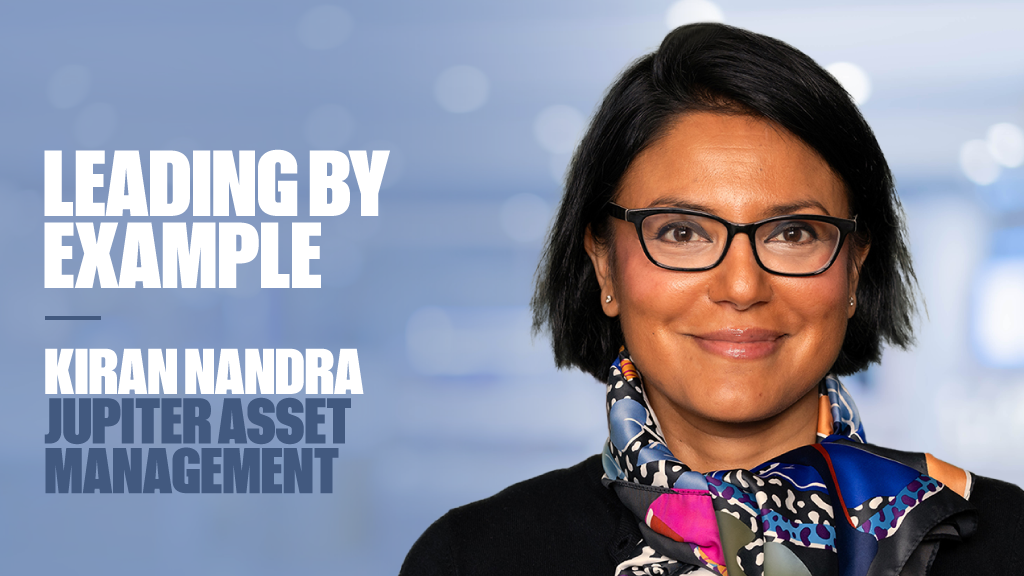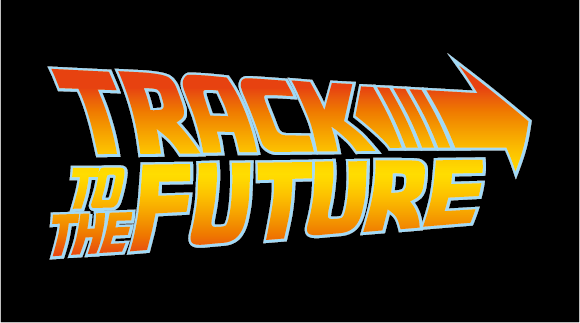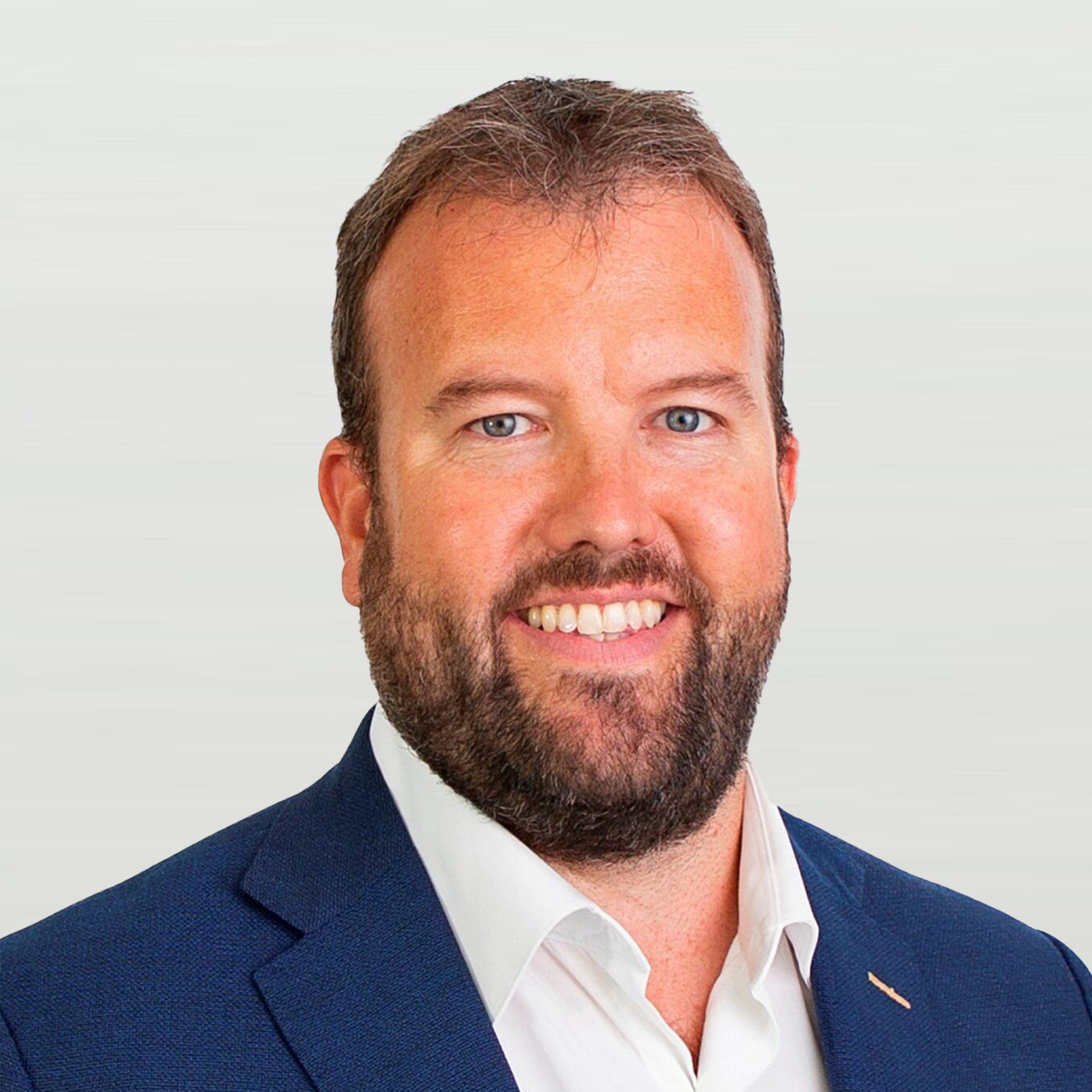
In the second of our series, Portfolio Adviser hears from Aberdeen Standard Investments head of UK wholesale Fergus McCarthy (pictured right)
Which particular asset classes and strategies do you anticipate your intermediary clients focusing on over the second half of the year and into 2022?
The asset management landscape in the UK roughly splits into two halves at present – those who buy solutions and those who buy components to make solutions. For those buying solutions, the feedback from clients this year is they will be increasingly looking at how they incorporate responsible and sustainable investing into their existing CIPs – and particularly thinking about which route they take.
Should they have a multi-asset range of sustainable funds alongside their existing risk-profiled or risk-targeted multi-asset ranges of funds for clients? Or do they migrate their existing CIP to being just one that features a greater proportion of multi-asset climate or sustainable funds alongside their existing risk-targeted or risk-profiled multi-asset funds?
For those buying components, meanwhile, it looks as if everything is going to continue to go global (sung to the tune of ‘Everything is Awesome’ from The Lego Movie – don’t pretend you don’t know it) for equity, fixed income and thematic – whether that be existing themes or those yet to be identified.
How clients incorporate ESG, climate or sustainable factors into their portfolios will continue to be a focus over the second half of the year and into 2022. Can they find the components – active or passive – they need to make the solutions they want? Also on the passive front, it will be interesting to see if passive investing in fixed income plays a bigger part for clients in 2022.
In what may not be the only reference to Back to the Future – our Chuck Berry finale is that questions seem likely to persist from clients over how to allocate effectively to alternatives and private markets, given the liquidity constraints they are often under.
Clarity from the regulator in this regard will be welcome later this year – in particular, around real estate. Hopefully the future for real assets – and direct real estate and direct infrastructure specifically – in a daily liquid form will be hybrid vehicles that combine direct and listed real estate and infrastructure. We will, however, have to wait and see.
Should end-investors – and, by association, asset managers – be thinking beyond equity and bond investments? Towards what sort of areas?
One thing I have learned over the course of my career is that end-investors have typically found equity and bond investments can deliver the vast majority of outcomes they want – so that is what asset managers have made for them. It is a brave person who tells a client where they should be looking to invest but I would refer back to my previous comment about alternative, real assets and private markets investments – and particularly real assets.
Real assets investments have the potential to fit nicely with end-investors’ long-term investment horizons but the liquidity conundrum is akin to figuring out how you power a time machine without nuclear fuel – now where did I put that lightning rod?
The one thing we can say with some certainty about end-investors is they are likely to continue following their hearts or their adviser when it comes to investing. 2020 saw a huge acceleration in the number of DIY investors and the flows data would suggest they are very well catered for already in the investments department. Here it is very interesting to follow the US trend for ETFs, where the choice for investors is much greater in terms of the different themes you can ‘play’. Might we see more choice arriving on these shores in the near-future?
Given client and regulatory pressure on fees and charges, how is your business delivering value for money to intermediaries and end-clients?
The concept of how you measure value for money is an interesting one. I mean, would anybody consider a DeLorean value for money? Some might. Has anybody ever asked an end-investor how they measure value for money as it relates to their investments?
The answer you would probably receive would be something along the lines of: “Well, if my investments are worth more than they were 12 months ago and I can still do the things I want to do – holidays, children’s education and so on – then I’m going to feel pretty good about the value.” That is a roundabout way of saying value for money will be different for every single investor, so how can we apply a broad industry standard?
For our part, we have invested a lot of time upgrading our internal systems so we can really understand what it costs run our funds and how this compares to the performance they have delivered. We completed our first assessment of value in 2020 but this will be a continuous process and we have already reduced the AMCs on a number of our equity and fixed income funds.
See also: ASI revises performance targets across equity income funds
When we launch new funds now, we genuinely think about how we can benefit society and do more to help the environment, is there a need for this type of investment and is the price we charge realistic and reasonable for the outcome we are delivering? If we can answer these questions satisfactorily, we believe we give ourselves the best chance of delivering value for money to intermediaries and end-clients.
“Asset management has a rare opportunity to do something of genuine benefit”
How much of your distribution is currently oriented towards ESG issues and sustainable investing? How do you see this evolving over the next 18 months?
Was it nature or nurture that meant Marty’s kids didn’t turn out great? The asset management industry has a rare opportunity to do something that will genuinely benefit society and the environment by actively allocating capital flows to companies that are doing good and away from those doing harm. In this way we need to ensure we nurture ESG issues and sustainable investing in the right way, and importantly, that we help our clients along their own journeys – at whatever point they may be.
With one eye on Europe, there is no doubt a very high proportion of our distribution time is being spent on SFDR compliance and working out which funds we have that can credibly be considered 8 or 9 on that scale. What is great from a personal perspective is this is informing our thoughts on where we think we might end up in the UK. It is also helpful that a large cohort of our clients in the UK are already using the SFDR language around 8s and 9s when talking to us and this is allowing us to look at what work we need to do with our funds.
Over the next 18 months, this will only continue to evolve for us in distribution. The key piece of work we need to deliver is the reporting so we can evidence to our clients and prospects how we are ‘walking the talk’ with these funds – and so provide the comfort we are not doing our best Biff impression and ‘washing the green’.
In what ways do you think the experience of the last 18 months has permanently affected or changed the asset management sector?
Doc Brown realised using nuclear fuel to power the DeLorean wasn’t sustainable – particularly in a future where obtaining that fuel was very difficult – so he upgraded it to use food waste. He could not have done this, however, without using technology from the future.
Looking back to March/April 2020, many of us were introduced to video calls – beyond Facetime – for the first time and the future arrived when perhaps we weren’t quite expecting it. Having all become very comfortable with the technology – even if we can all accept ‘Zoom fatigue’ is a genuine concern – we have permanently changed the way we interact with clients. Looking forward, our medium of communication with clients will be a combination of face-to-face meetings – at a time and place of the clients’ choosing – virtual meetings and in-person events.
Speaking of technology from the future, the other factor we have all experienced over the last 18 months – and seen first-hand with the dramatic increase in D2C execution-only sales in 2020 – is how important using data and information is going to be for all of our businesses. We have moved to a “buyer pull” rather than “sales push” environment, where 80% of a buying decision is now done online before any interaction with a human being. How asset management deals with this will be key to success in the future.
How do you plan to balance face-to-face and virtual distribution? Have you identified aspects where one is especially better (or worse) than the other?
This is going to be a watching brief for us through Q4 to see how things evolve after exiting lockdown. What we do know is there is no substitute for face-to-face interactions when you are building new relationships or connecting with prospects at an event and pitching for new business is generally better when it is done in person. Where we have existing client relationships, we will be led by the client and the advantage of our experience over the last 18 months is we know there will be a mix of face-to-face and virtual in these interactions.
With one eye firmly on doing more to help our climate it is no bad thing that we introduce more virtual activity into our interactions, where it makes sense to do so. The days of getting in your car and driving for a few hours to do one client meeting should be consigned to history – unless there is a really good reason. Ultimately we will be led by the client and how they want to interact.
‘If you want to come into the office, let’s make sure the experience is a good one’
Are you hoping to manage a staycation or to get abroad this summer? Either way, what’s the plan?
Definitely a staycation for us with trips to Mousehole (Cornwall) and York in August with fingers crossed for getting out to the Canary Islands in October. While we have all generally become more productive in the virtual setting, it has never been more important to make sure we disconnect from work and take time away from our screens and email.
What aspects of your own lockdown routine do you expect to continue with as people migrate back to office-working?
I know I am never going back to the office full-time and I’m quite happy about that. I have really enjoyed being around more when my kids come back from school in the afternoon and all having dinner together in the evening. I have also really enjoyed the time I’ve had with my two dogs. Walking them on a Tuesday, Wednesday and Friday morning has been hugely beneficial to my mental state as it allows me to think, ponder and have some regular time away from the screen and emails before starting the working day.
More generally, what are you expecting from ‘the new normal’?
It would be easy to have great expectations but instead I will focus on what I hope we get from ‘the new normal’. In no particular order, I hope everybody is able to achieve the right work/life balance for them and that broadly this improves everybody’s mental health and motivation. If you want to come into the office, then let’s make sure the experience is a good one and we are all thinking about when and how we collaborate together with our teammates and our colleagues.
I also hope we continue to strike a good balance between in-person and virtual interaction – not least because of the benefits this can potentially have for our climate. Finally, I hope we don’t fall back into ‘old normal’ ways of working – that would feel like we are simply ‘going back’ rather than to a future we can all recognise has the potential to be a better one.
You can read other editions of Track to the Future here.


